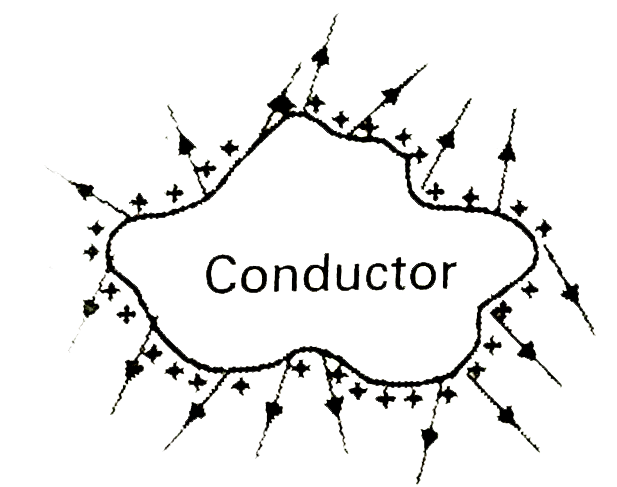ADDITIONAL EXERCISES from VIKRAM PUBLICATION ( ANDHRA PUBLICATION) ELECTRIC CHARGES AND FIELDS for Class 12
| Class 12 | PHYSICS |
| Chapter | ELECTRIC CHARGES AND FIELDS |
| VIKRAM PUBLICATION ( ANDHRA PUBLICATION) | ADDITIONAL EXERCISES |
| Medium | English |
| Academic Year | 2023-2024 |
Question 19
Suppose the spheres A and B in Exercise - 12 have identical sizes. A third sphere of the same size but uncharged is brought in contact with the first, then brought in contact with second and finally removed from both. What is the new force of repulsion between A and B if the distance between them is 50 cm?
 View Solution
View SolutionQuestion 25
Careful measurement of the electric field at the surface of a black box indicates that the net outward flux through the surface of the box is 8.0×103Nm2/C. If the net outward flux through the surface of the box were zero, could you conclude that there were no charges inside the box? Why or Why not?View SolutionQuestion 43
In a certain region of space, electric field is along the Z-direction throught. The magnitude of electric field is, however, not constant but increases uniformly along the positive Z-direction, at the rate of 105NC−1 per metre. Whay are the force and torque experienced by a system having a total dipolemoment equal to 107 Cm in the negative Z-direction?View SolutionQuestion 49
It is now believed that protons and neutrons (which constitute nuclei of ordinary matter) are themselves built out of more elementary units called quarks. A proton and a neutron consist of three quarks each. Two types of quarks, the so called 'up' quark (denoted by u) of charge + (2/3)e and the 'down' quark (denoted by d) of charge (-1/3) e, together with electrons build up ordinary matter. (Quarks of other types have also been found which give rise to different unusual varieties of matter.) Suggest a possible quark composition of a proton and neutron.View SolutionQuestion 52
A particle of mass m and charge (-q) enters the region between the two charged plates initially moving along x-axis with speed Vx (as in the fig.). The length of plate is L and an uniform electric field E is maintained between the plates. Show that the vertical deflection of the particle at the far edge of the plate is qEL2/(2mV2x).
Compare this motion with motion of a projectille in gravitational field discussed in section 4.10 of 1st Year Textbook of Physics.View Solution








